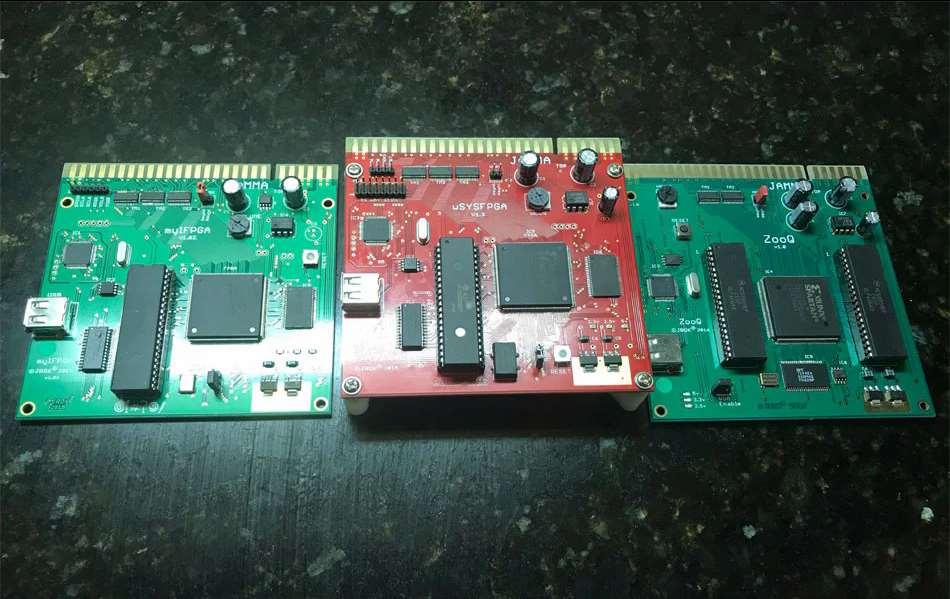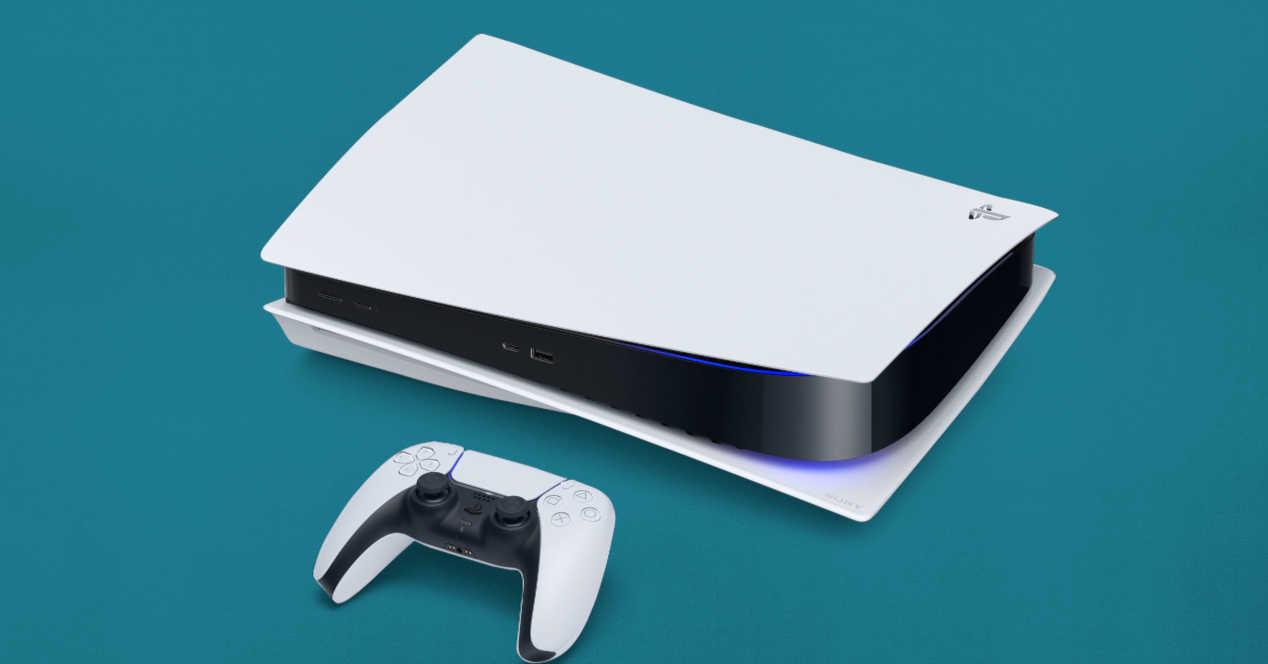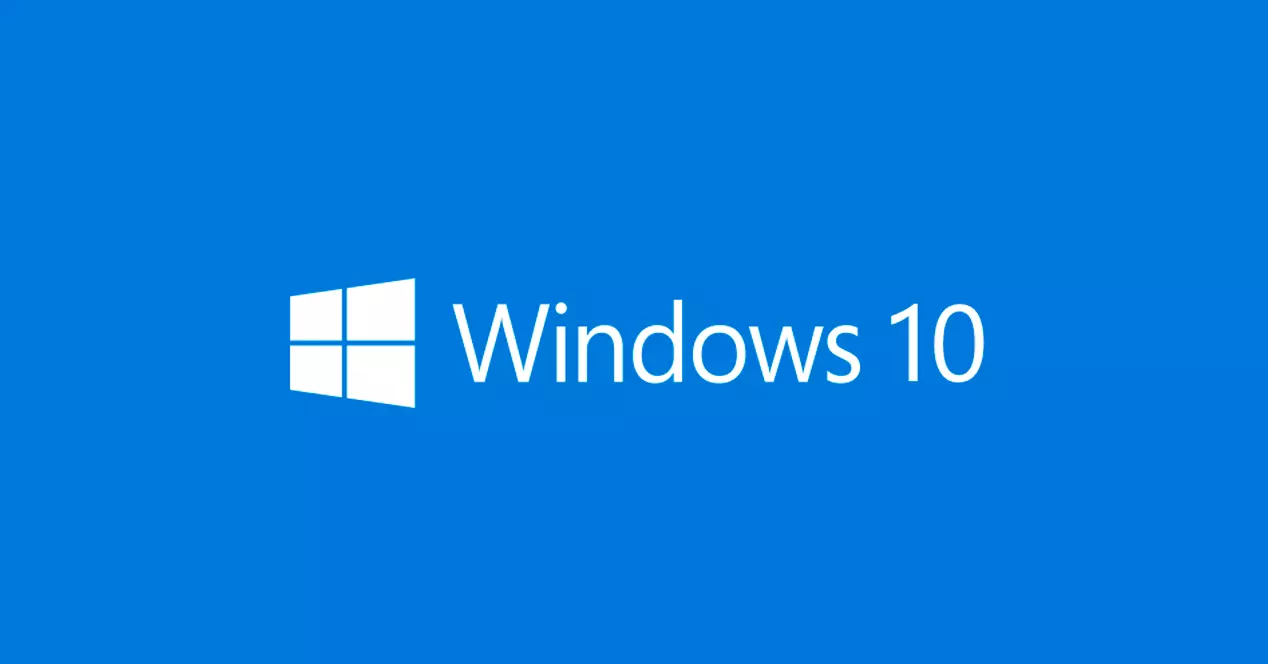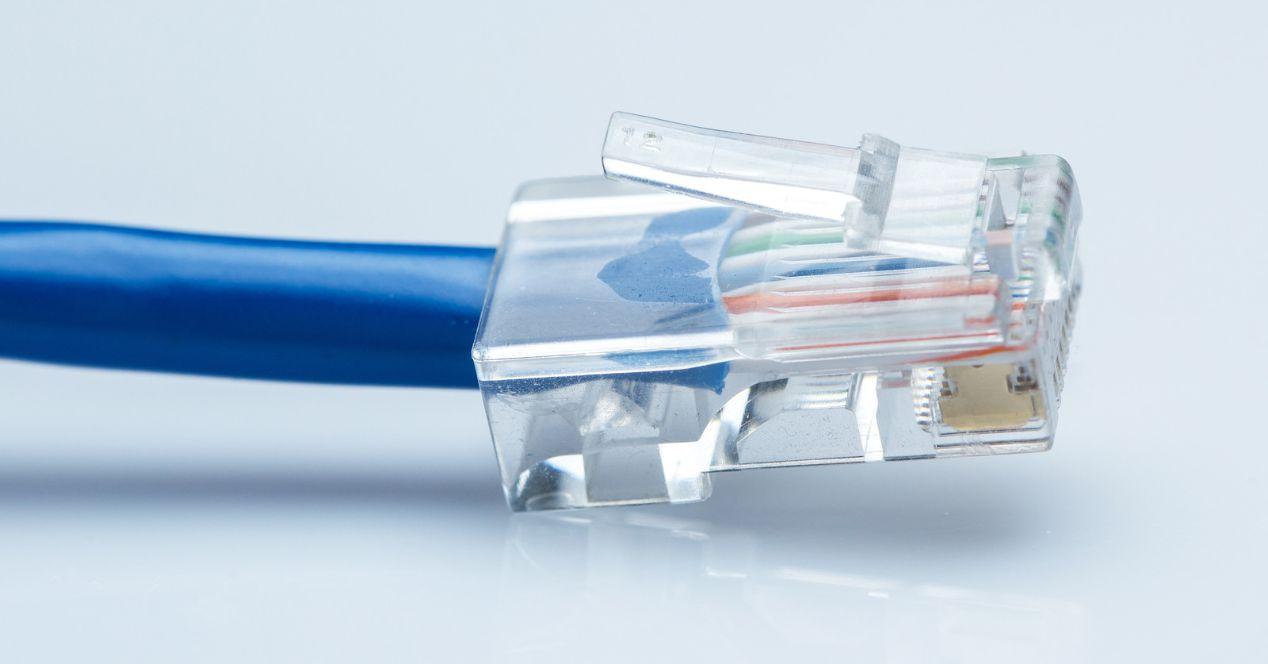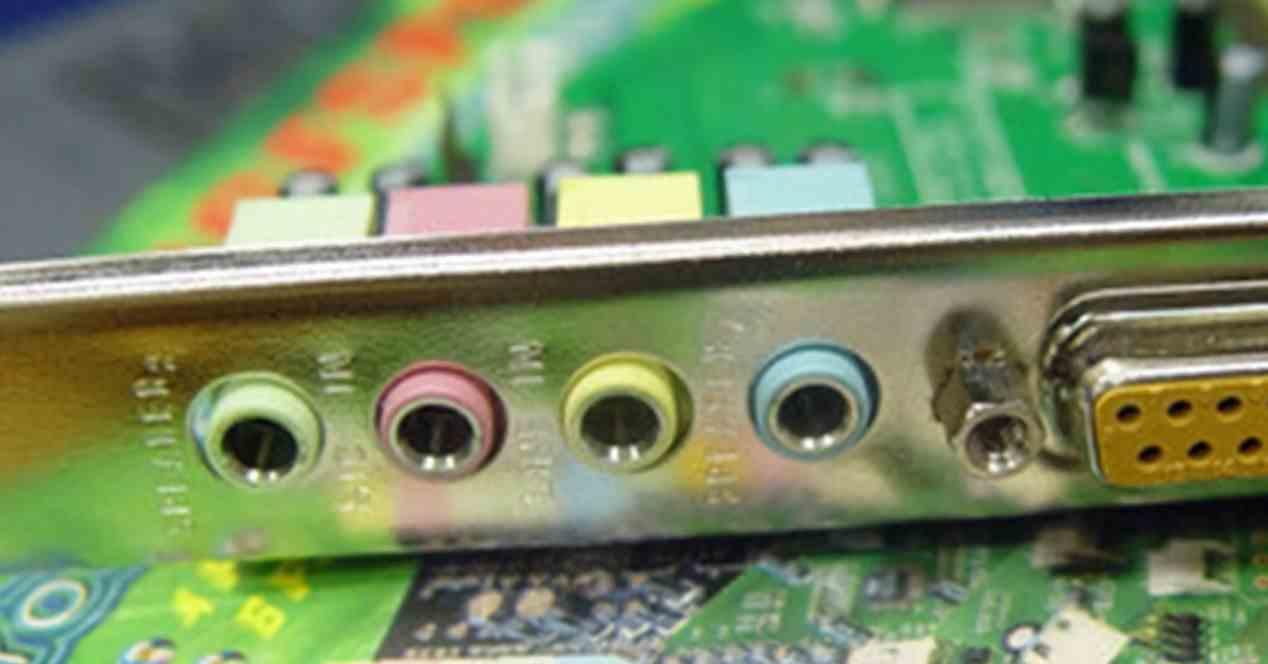
Today we can’t use the old sound cards, mostly due to the fact that the expansion ports they used to use, ISA and PCI, are no longer found on current motherboards. On the other hand, over time, a good part of these components have ended up in the trash or disappearing due to wear. However, Is there a way to get the old Sound Blaster back or another sound card.
The gaming culture of yesteryear is found not only in the world of consoles, but also on the PC. With the particularity that certain games were designed to be used with hardware that no longer exists, as is the case with sound cards of yesteryear, and not only Sound Blaster, but also other popular ones such as Gravis Ultrasound, the mythical Roland MT-32 , etc. What’s more, you don’t have to miss them for games, but also for music production. Well, there is a less curious way to resuscitate them.
Your old Sound Blaster can be resurrected thanks to an FPGA chip
One of the particularities that these chips have is that their logic gates can be reconfigured so that they have the same behavior as another chip and, therefore, become an exact copy of it or a set of pieces. Since one of the particularities that FPGAs have is that they allow us to use their different parts for different elements that can either work collaboratively or completely separately.
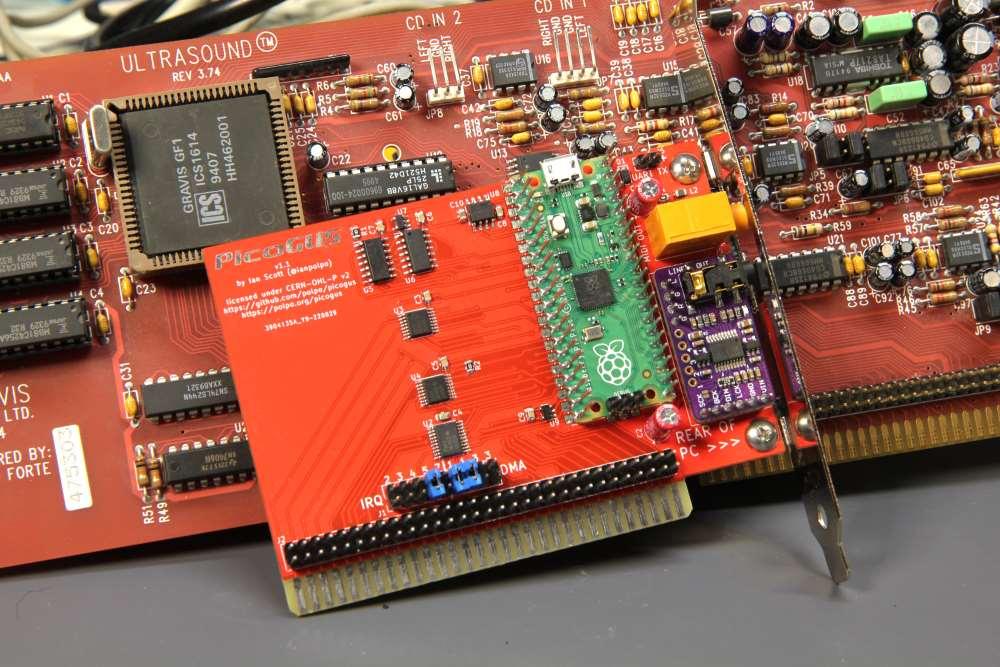
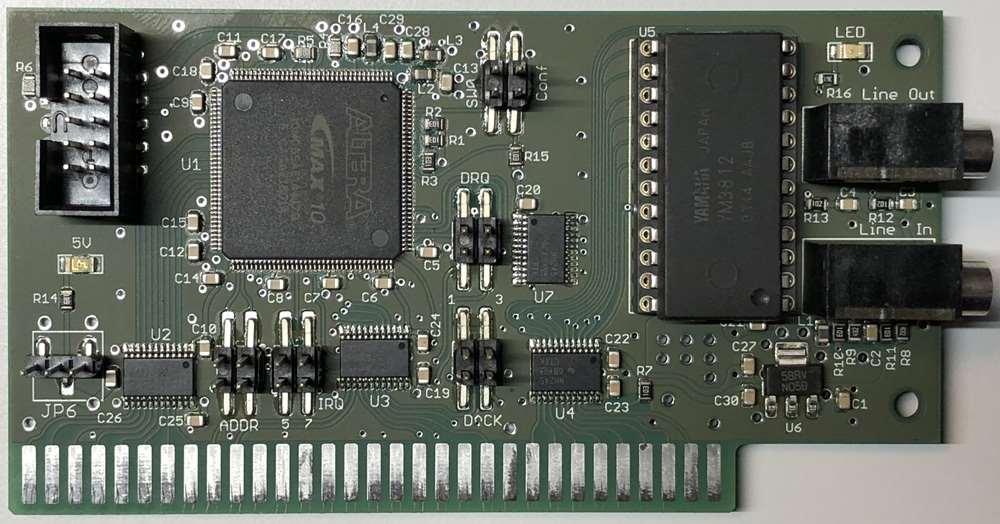
The ability to implement it would depend, that is, on the complexity of the chip and, therefore, on the number of logic gates that can be programmed. We have cases like the Intel/Altera Cyclone that has the ability to simulate a 486 with a VGA card and Sound Blaster, while others are much simpler. However, this would not be the only limitation, since that would only be in the digital part, due to the fact that the analog circuitry would still be missing.
Another way to do it is to use a Raspberry Pi emulating said graphics cards. One such project is called PicoGus, which among many other classic sound cards can emulate: Gravis Ultrasound, the Yamaha OPL2 chip from the first Sound Blaster, MPU-401 and many others used in MS-DOS games. So you can hear the audio of your favorite games of yesteryear just as they originally sounded.
And what happens in the case of current systems?
As we have said at the beginning, the big problem is the communication interface of these peripherals, in any case, many of these components use communication interfaces that today are extinct and are no longer used, so there is at least one additional task. titanic because we should also implement that part via VHDL or Verilog code to configure the FPGA that way.
Actually this is being used to resurrect old components, not only in sound cards, but also graphics cards and others. And it is something that is not limited to the world of the PC, but also to the reconstruction of old consoles and even arcade machines of yesteryear that have ended up in poor condition without having to depend on the original parts, which in many cases no longer exist. are available.
